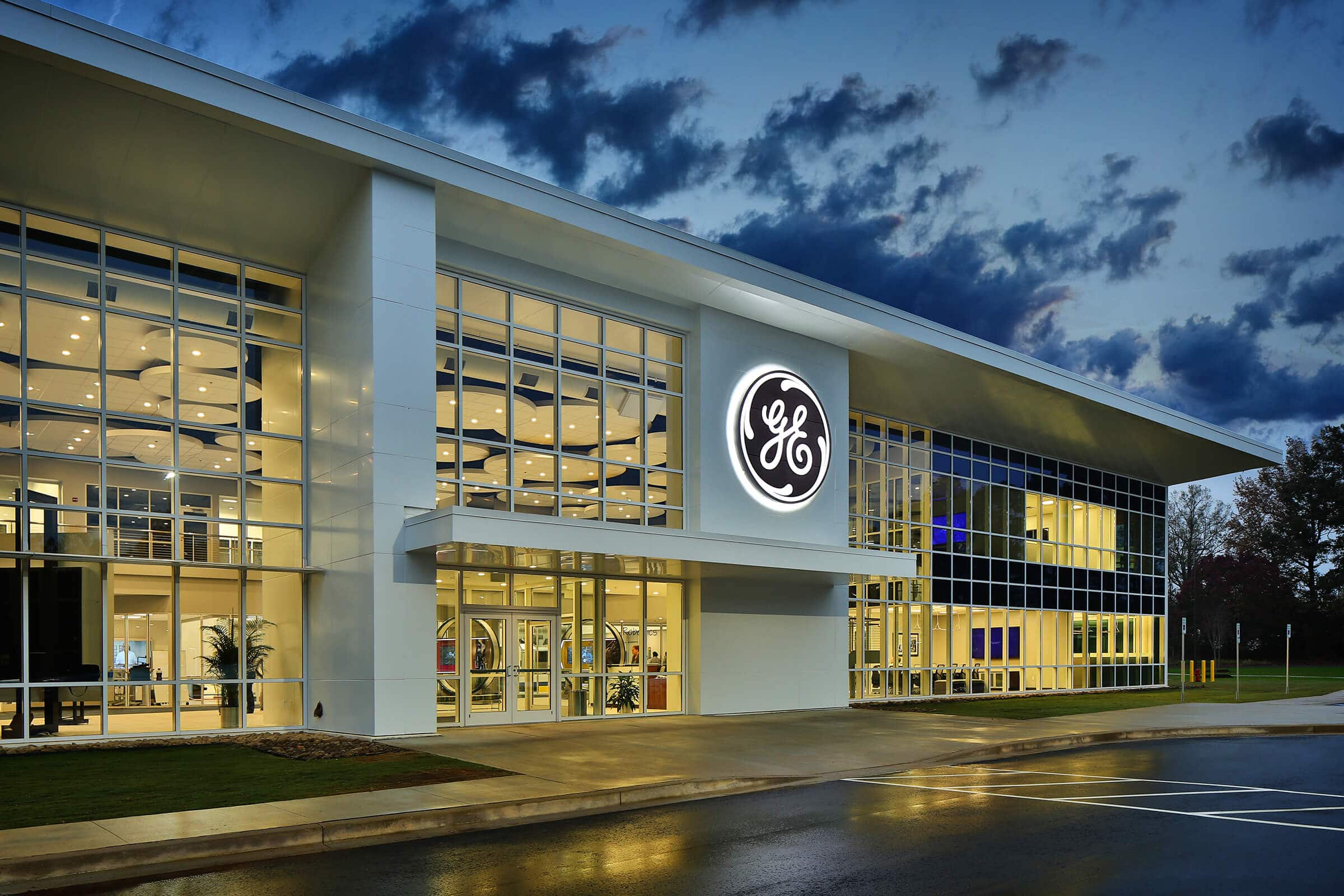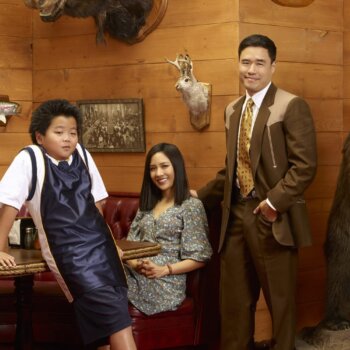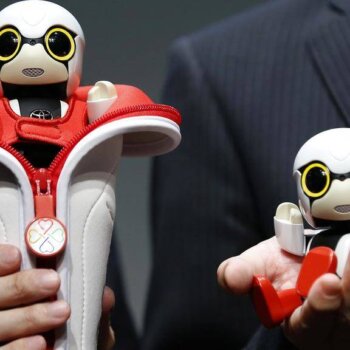As companies grow larger and more complex, it gets harder to respond to changing consumer needs—not to mention harder for the company itself to change. To become more innovative, General Electric rolled out the “FastWorks” program, based on the principles of Eric Ries’ “Lean Startup.”
Under the FastWorks program, customers are involved with the product design from the beginning: teams create a prototype to share with customers and solicit feedback. The team then adapts and adjusts the product to cater to the customer’s needs. In order to make FastWorks a success, GE had to convince the organization and adjust their operations to support the culture of experimentation and adaptability that the FastWorks program required.
How GE Implemented FastWorks
- Bring in an expert to introduce the idea. Eric Ries was invited to present his Lean Startup principle to stakeholders and work with GE leadership institute teams to adapt the principle to fit GE’s products and needs.
- Brand it to create ownership. GE rebranded lean as the “FastWorks” program, giving business units a framework but also the freedom to determine some specifics. This provides the ownership helped increase corporate buy-in.
- Train senior leaders. Leaders of GE acknowledged that the company’s history with Six Sigma meant the switch to FastWorks would not only require the change in methodology but also in culture. To do this, FastWorks leaders went on a roadshow to share the new program, and eventually trained 5,000 senior leaders in Lean Startup methodology and culture.
- Restructure into cross-functional teams. Instead of the traditional approach where salespeople give design requirements and then leave, the team listened to customer feedback together, bounced ideas off of retail salespeople, and tested products with designers. Additionally, the product team engages suppliers early on to increase the needed responsiveness.
- Increase leadership and team autonomy. Normally, a team would have to go through the process of getting approval to make pivots in the product. However, to make FastWorks work, teams are given autonomy to make those decisions themselves.
- Test and roll out to the larger organization. In January 2013, GE launched their first FastWorks program, which resulted in a refrigerator the was developed at half of the cost and time typically spent developing a new product. Thanks to its success, FastWorks received approval to roll out across other business units.
- Train the trainers. GE created a community of FastWorks coaches and trained them to build expertise internally and help and support the growth of FastWorks across the company.
Takeaway: If you think your company’s complexity and bureaucracy can’t be overcome because of its size and scale, think again. GE’s FastWorks program shows that a giant, too, can simplify and streamline their operations to increase speed and encourage innovation.
______________________________________________________
About the Author
This article was produced by NOBL, an organizational design firm. We unleash the creativity and capability of teams through new ways of working.





























